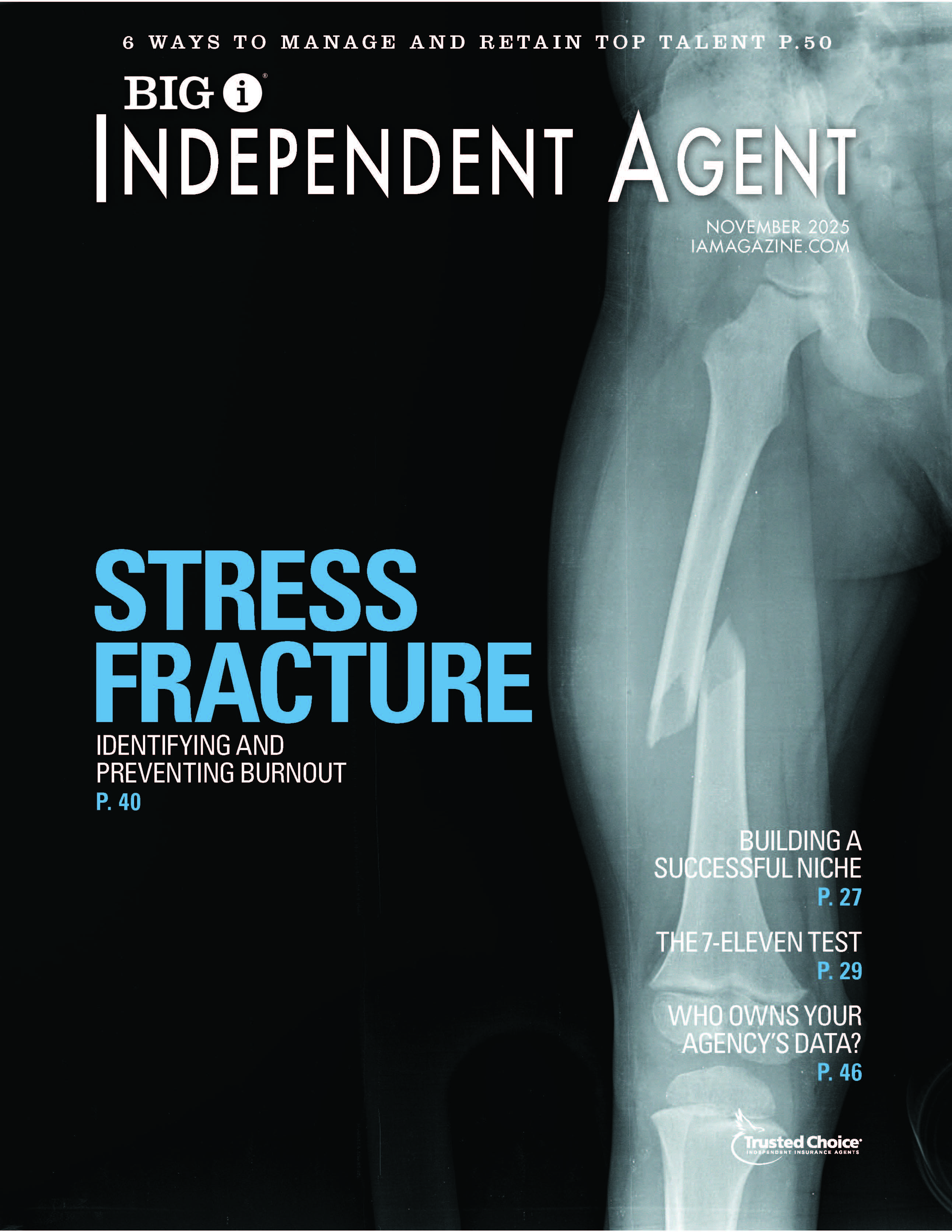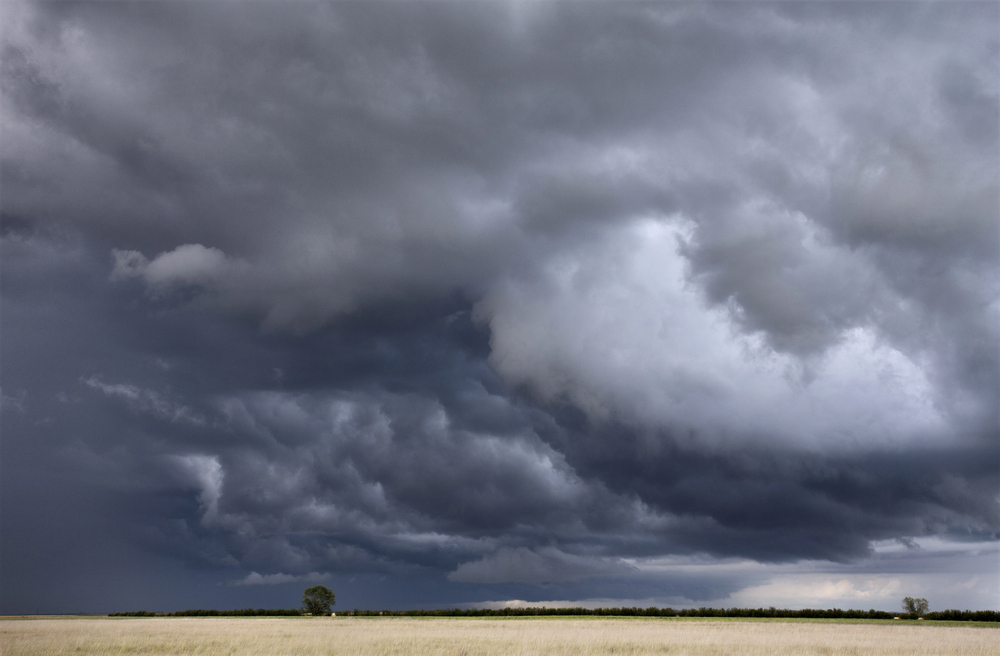ISO Commercial Property Changes: Which Coverages Are Unchanged?
By: Ted Kinney
| The Insurance Services Office’s latest update to its commercial property policy forms and endorsements includes several revisions that are expected to result in no change to some coverages, while others are being reduced, broadened or introduced as a new option. The forms have an edition date of October 2012 and will be effective in most states on April 1. Not all companies are adopting them, so check with your carriers to find out if they’re using the new forms. Below are some of the revisions that leave certain coverages unchanged: Changes in the Policy Form Earth Movement Exclusion Fire Department Service Charge Coverage Business Property in Described Structures Water Damage Exclusion Ordinance or Law Exclusion The wording is revised so the exclusion applies to enforcement of or compliance with any ordinance or law. Also revised are the “additional coverage” of increased cost of construction, the loss payment and valuation conditions and the replacement cost optional coverage and “period of restoration” in the time element forms. Covered Causes of Loss Changes to Endorsements Exclusion of Loss Due to by-Products of Product or Processing Operations (Rental Properties) (CP 10 34) Another business risk is the rental of property for an illegal purpose. The situation that is an impetus for this endorsement is using a rental premises as a methamphetamine “cooking” operation, damage from which can be likened to residue from a restaurant’s cooking operation. The scenario: An insured filed for cleanup expenses after a meth lab damaged his rental house. The carrier denied the loss under the pollution exclusion. The court held for the insured, finding the policy covered the cleanup expenses and stating the damage caused by the meth lab operation is vandalism. Pollution is excluded, unless discharged by a “specified cause of loss”—vandalism is one of the specified causes. The endorsement is being introduced to reinforce policy intent. It will be attached to policies issued to owners and tenants of rental premises. There is no change in intended coverage, but may impact individual insurers based on past claims and loss settlement history. Utility Services–Direct Damage (CP 04 17); Utility Services–Time Element–Overhead Transmission Lines (CP 15 45) In power industry vernacular, the terms “transmission lines” and “distribution lines” have different meanings. The utility services endorsements are being revised to reinforce that reference to transmission lines includes all lines that serve in the transmission of power or communication service, including lines that may be identified as distribution lines. Payroll Limitation or Exclusion (CP 15 10) The endorsement is being revised to provide a way to limit or exclude payroll expense of any category of employee or individual employee. Since applicability will no longer be restricted to non-managerial employees, the term “ordinary payroll expense” and its definition are being removed. In addition, the word “ordinary” is being removed from the title of the endorsement. Building number and premises number entry fields are also being added. As a consequence of removing the term “ordinary payroll expense” from the endorsement, the coinsurance condition in the CP 00 30 and CP 00 32 and business income report/work sheet are being revised to make the same change. The revised endorsement serves the same function as the previous endorsement, but can be used to address any category or employee on the insured’s payroll. Protective Safeguards (CP 04 11) Ted Kinney is director of education and technical affairs for the Alabama Independent Insurance Agents. This is the last story in a three-part series on 2012 revisions to policy forms and endorsements. It also featured stories on changes that broaden coverage and revisions represent new coverage options. For more information on the October 2012 edition ISO commercial property form and endorsement changes, including other revisions that leave coverage unaltered, watch a recorded webinar from the Big “I” Virtual University. |










